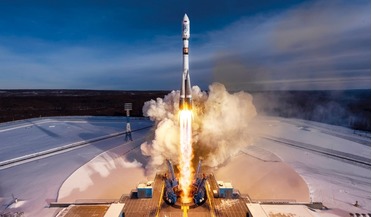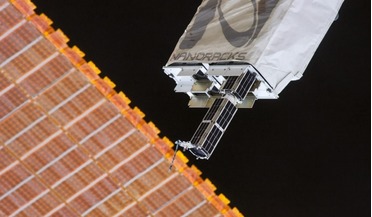 October 2018
Sustainable ways of living on the Moon and Mars
October 2018
Sustainable ways of living on the Moon and Mars
... and rocket propellant from the Earth is unrealistic. Currently a launch to low Earth orbit (LEO) via the Atlas V booster costs US$20,000/kg while SpaceX promises a reduction to US$1,700/kg with its partly reusable Falcon Heavy rocket...
 April 2019
Space launch industry analysis
April 2019
Space launch industry analysis
... from its flight failure, the commercial crew missions for NASA that were to be launched by Falcon 9 and Atlas V in 2018 were delayed for various technical and mission assurance reasons and will not now take...
 May 2019
Cold comfort for astronauts
May 2019
Cold comfort for astronauts
... human space programme started with two Air Force-contributed large intercontinental ballistic missile (ICBM) rockets, Atlas and Titan – used on the Mercury and Gemini missions. The astronauts were military fighter pilots. With...
 January 2020
Commercialising space exploration and development
January 2020
Commercialising space exploration and development
... specialist Maxar, we showed – to everyone’s surprise - that not only could you re-purpose the spent fuel tank of an Atlas 5 in orbit, but that you can do it without astronauts. In fact, we have funding for a multi-year effort to work...
 April 2020
Is space poised to take another giant leap?
April 2020
Is space poised to take another giant leap?
... might that change in the next decade? Boeing’s Starliner astronaut capsule sitting atop a United Launch Alliance Atlas V rocket. Under development in collaboration with NASA’s Commercial Crew Program, the Starliner is designed to accommodate seven...
 April 2020
Reviving Russia’s space programme
April 2020
Reviving Russia’s space programme
... engines - still the most advanced in the world - were sold to the Americans to power their Antares and Atlas V rockets, the latest batch arriving at the end of 2019. The retirement of the Space Shuttle in 2011, and...